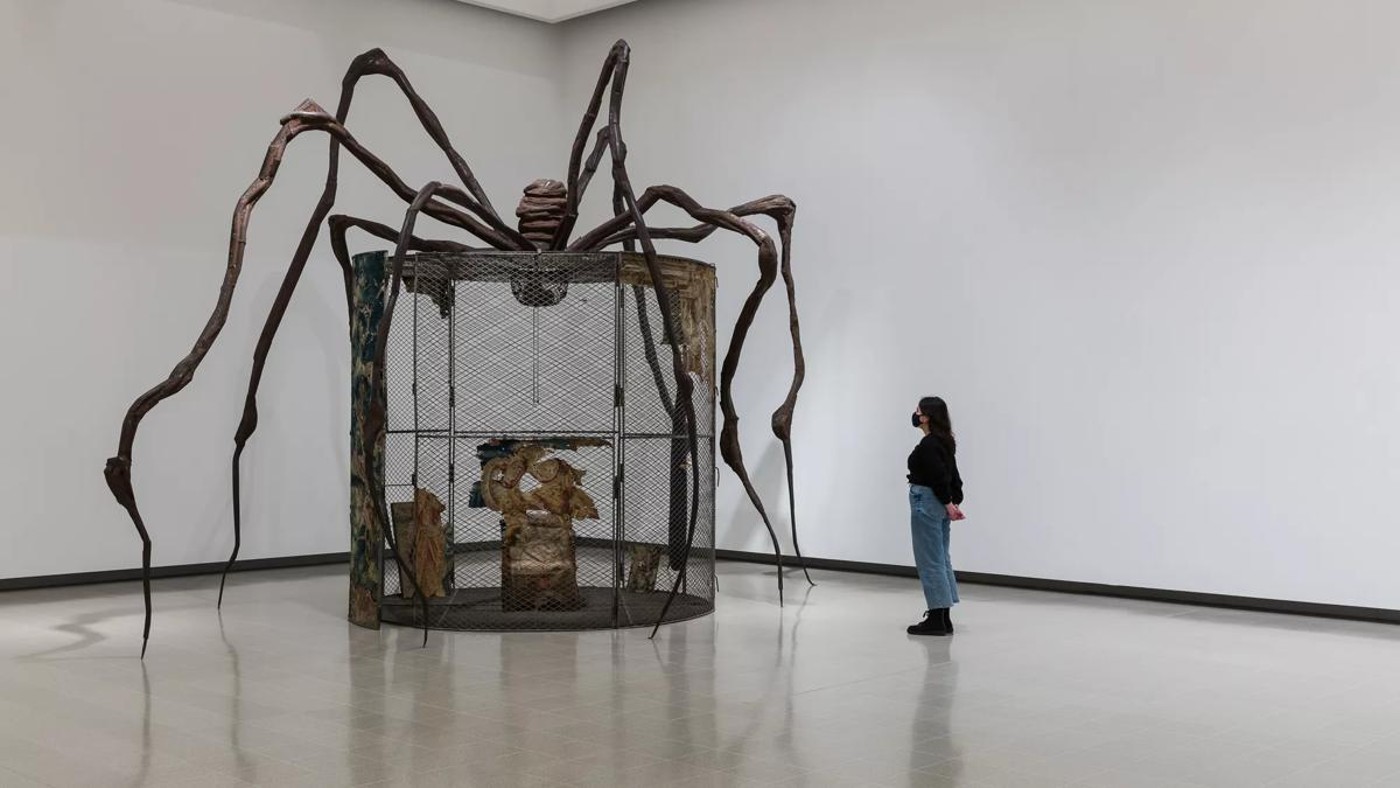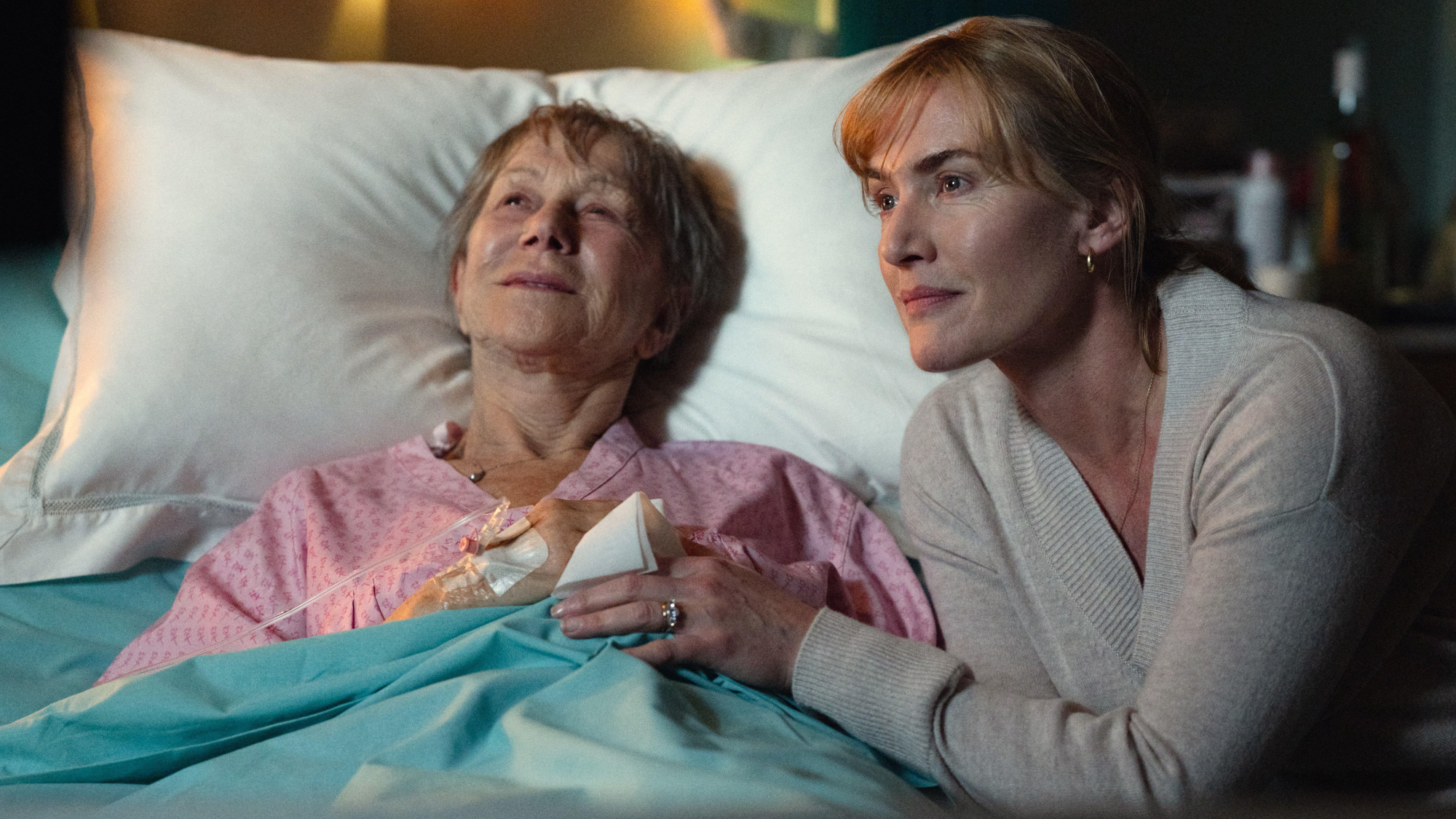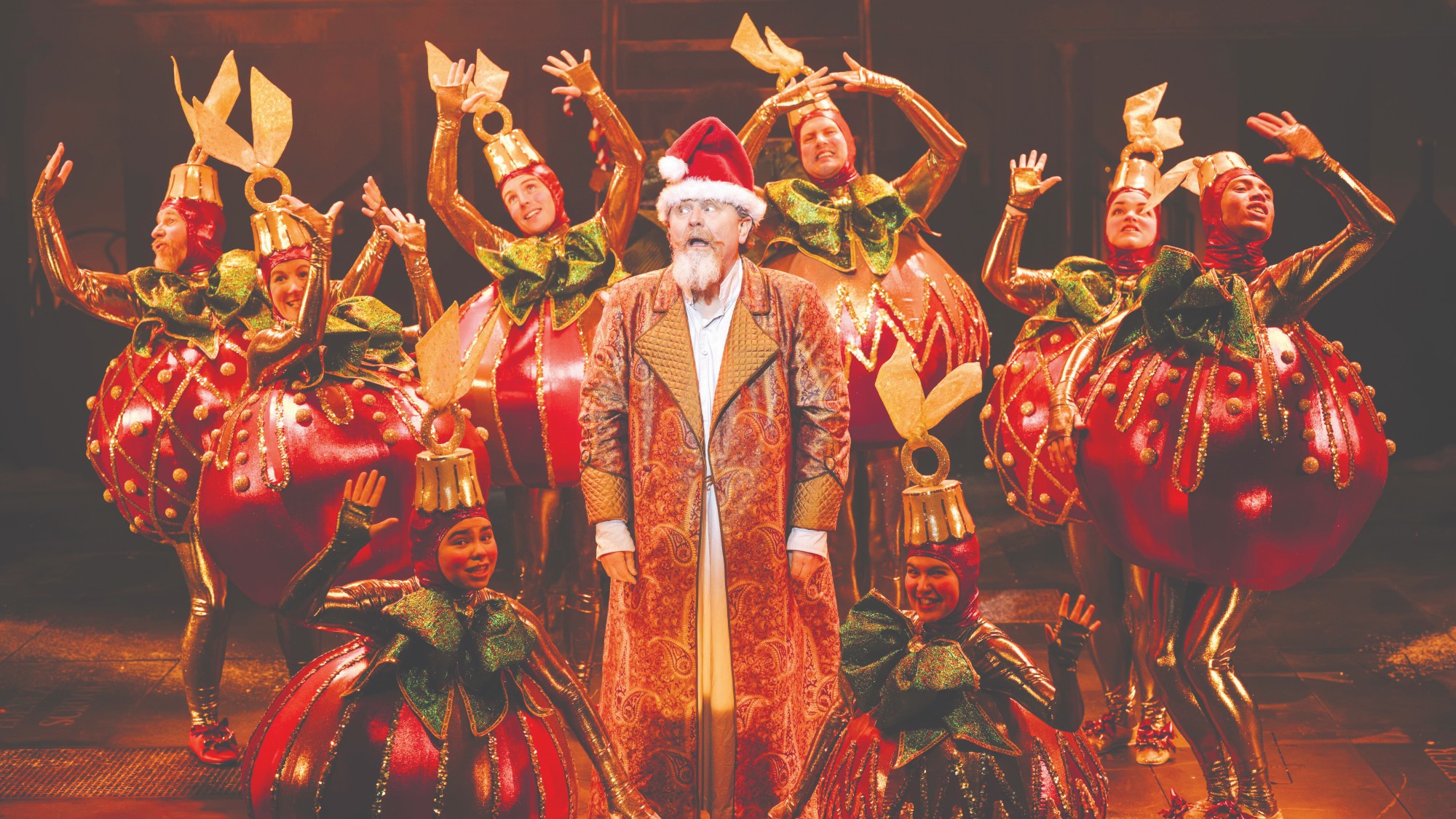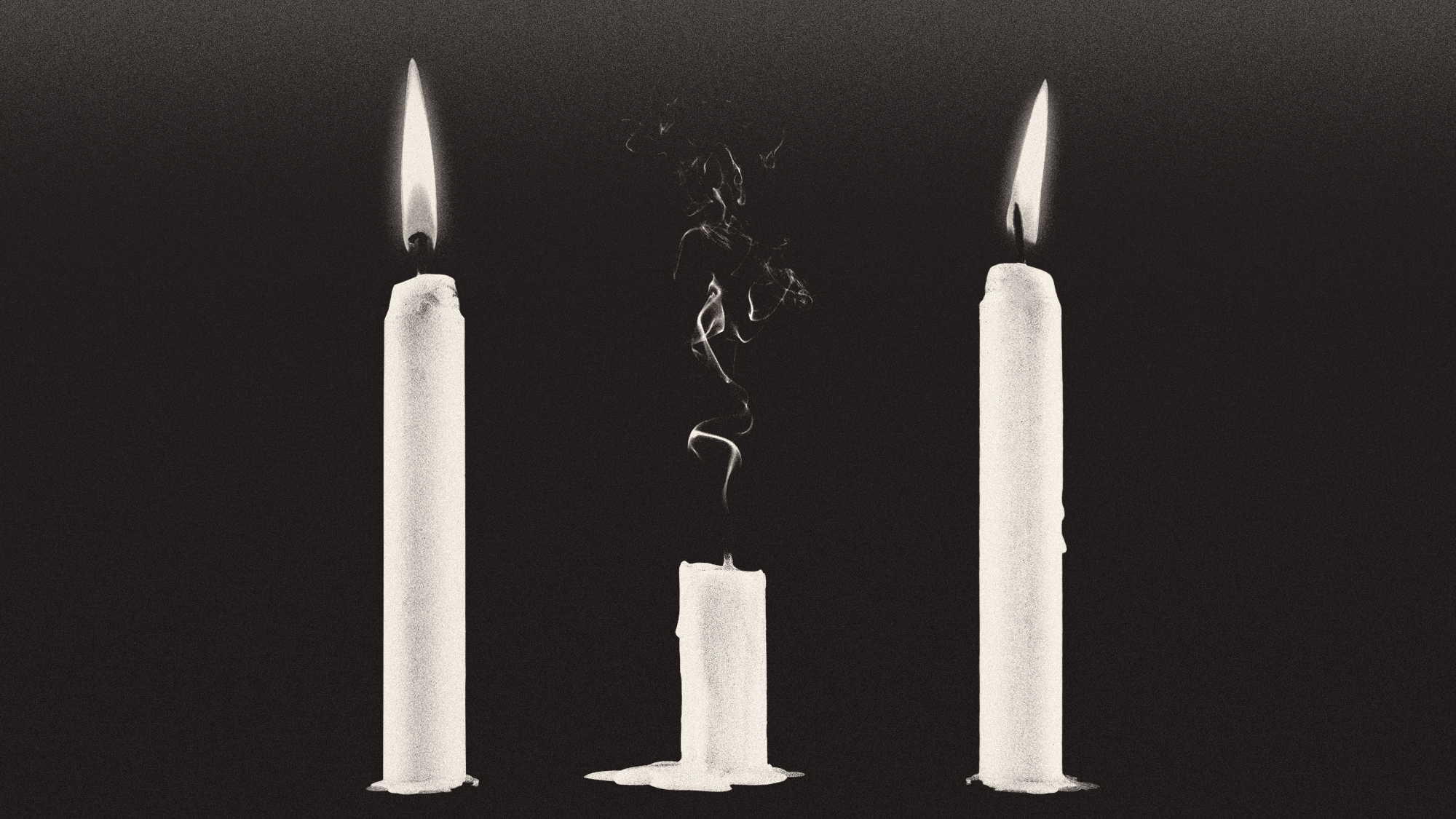Louise Bourgeois: The Woven Child – what the critics say
Artist’s work makes for an ‘often surprising and sometimes frightening exhibition’

In the course of her long career, the French-born artist Louise Bourgeois tackled “taboo after taboo”, said Hettie Judah in The i Paper. At a time when women were rarely granted a voice to vent their anger in public, Bourgeois (1911-2010) used her art to channel her anxieties and frustrations about everything from “sexuality to maternal ambivalence, to depression to the ageing body”, bringing to light the violent psychological undercurrents that, in her view, lay beneath traditional gender and family roles.
Recognition came late: it was only in the 1990s that she started to become the influential figure that she is today. Around this time, when she was well into her 80s, Bourgeois began rifling through the closets of her New York home for old textiles – tapestries, stuffed dolls, bed linen – and reconfiguring them into sinister sculptures and arrangements: silk frocks and slips were “suspended like animals inside cages”, berets “stuffed fat until they resembled breasts”, small knitted figures positioned in front of a curved mirror, so as to seem “like floating characters in a nightmare”.
This new exhibition at the Hayward Gallery is the first to concentrate on these striking and frequently harrowing textile works. It brings together a wealth of installations, sculptures and textile pieces Bourgeois created in the final decades of her life. The endless gloomy Freudian symbolism can get repetitive, “but my God, when Bourgeois is good it gives you shivers”.
The Week
Escape your echo chamber. Get the facts behind the news, plus analysis from multiple perspectives.

Sign up for The Week's Free Newsletters
From our morning news briefing to a weekly Good News Newsletter, get the best of The Week delivered directly to your inbox.
From our morning news briefing to a weekly Good News Newsletter, get the best of The Week delivered directly to your inbox.
The power of her imagery is undeniable, said Alastair Sooke in The Daily Telegraph. The “menacing, claustrophobic” sculptures and installations that make up the show often have an uncanny effect: one piece here sees “a furry, off-white house mushrooming from the womb of a headless and dismembered female torso”; another has a “vast” steel spider – a trademark Bourgeois motif – with “wobbly, arthritic” legs crouching atop a cage containing “fabric-wrapped glass eggs”. Elsewhere, her fabric heads resemble Brancusi sculptures “imprisoned in a gimp mask”.
Yet for all the shocking intent, there’s something jarringly “tasteful” about much of this work: it feels “tailor-made for a collector’s apartment” and has an “elegance” rather at odds with its ugly subject matter. Bourgeois’s art aims to conjure up a “psychological horrorfest”, yet here it is too “slick” to ever feel “properly disturbing”.
I disagree entirely, said Adrian Searle in The Guardian. Bourgeois’s work is “marvellous, scary and provocative” and its impact is rarely less than visceral. Throughout the show, she revisits her “traumas and jealousies”, notably her childhood fury at her gallery-owner father’s serial, undisguised adultery and the suffering it caused her seamstress mother (whose profession informed Bourgeois’s own use of textiles).
Everywhere you look, there are “figures and legs dangling from the ceiling or hung out on stands”, fabric heads hanging “like decapitations”, and “ratty old fabrics” reshaped to evoke her childhood memories. Bobbins, needles and thread are used to make sculptures “that recall the cosmographies of Joan Miró”. In her later years, increasingly agoraphobic, Bourgeois “rarely strayed from home. But the work kept coming.” It makes for “a wonderful, often surprising and sometimes frightening exhibition”.
A free daily email with the biggest news stories of the day – and the best features from TheWeek.com
Hayward Gallery, London SE1 (020-3879 9555, southbankcentre.co.uk). Until 15 May
-
 The best homes of the year
The best homes of the yearFeature Featuring a former helicopter engine repair workshop in Washington, D.C. and high-rise living in San Francisco
-
 Critics’ choice: The year’s top 10 movies
Critics’ choice: The year’s top 10 moviesFeature ‘One Battle After Another’ and ‘It Was Just an Accident’ stand out
-
 A luxury walking tour in Western Australia
A luxury walking tour in Western AustraliaThe Week Recommends Walk through an ‘ancient forest’ and listen to the ‘gentle hushing’ of the upper canopy
-
 Joanna Trollope: novelist who had a No. 1 bestseller with The Rector’s Wife
Joanna Trollope: novelist who had a No. 1 bestseller with The Rector’s WifeIn the Spotlight Trollope found fame with intelligent novels about the dramas and dilemmas of modern women
-
 Appetites now: 2025 in food trends
Appetites now: 2025 in food trendsFeature From dining alone to matcha mania to milk’s comeback
-
 Man vs Baby: Rowan Atkinson stars in an accidental adoption comedy
Man vs Baby: Rowan Atkinson stars in an accidental adoption comedyTalking Point Sequel to Man vs Bee is ‘nauseatingly schmaltzy’
-
 Goodbye June: Kate Winslet’s directorial debut divides critics
Goodbye June: Kate Winslet’s directorial debut divides criticsTalking Point Helen Mirren stars as the terminally ill English matriarch in this sentimental festive heartwarmer
-
 A Christmas Carol (or two)
A Christmas Carol (or two)The Week Recommends These are the most delightful retellings of the Dickens classic from around the country


